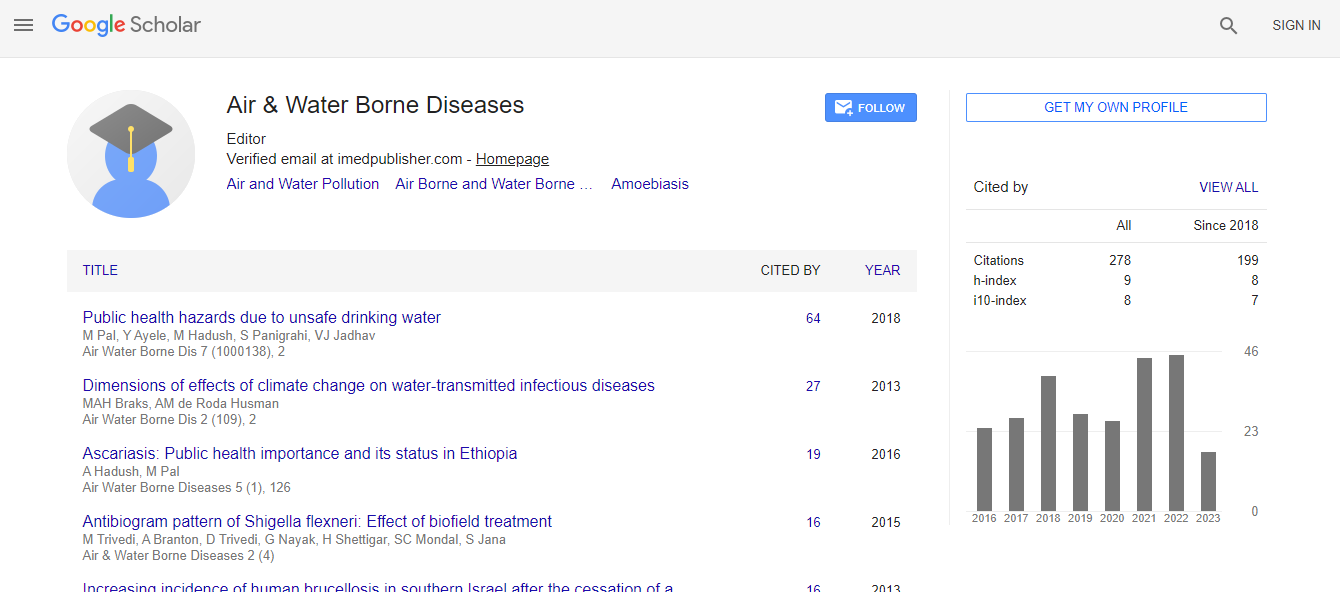Research Article
Potential Role of Fresh Water Apple Snails on H5N1 Influenza Virus Persistence and Concentration in Nature
Marc Souris1,2,3, Daniel Gonzalez4, Witthawat Wiriyarat5, Kamlang Chumpolbanchorn5, Supaluk Khaklang1, Suwannapa Ninphanomchai1, Weena Paungpin5, Somjit Chaiwattanarungruengpaisan5, Ladawan Sariya5, Dubravka Selenic1, Meriadeg AR Gouilh6, Pattamaporn Kittayapong1 and Jean-Paul Gonzalez7*
1Center of Excellence for Vectors and Vector Borne Diseases, Faculty of Science, Mahidol University at Salaya, 999 Phutthamonthon 4, Nakhon Pathom 73170, Thailand
2Institut de Recherche pour le Développement (IRD), UMR 190, 44 Bd de Dunkerque 13572 Marseille Cedex 02, France
3Asian Institute of Technology, P.O. Box 4, Klong Luang, Pathumthani 12120, Thailand
4Montpellier II University, Faculté des Sciences, Place E. Bataillon, 34095 Montpellier, France
5The Monitoring Surveillance Center for Zoonotic Diseases in Wildlife and Exotic Animals, Faculty of Veterinary Science, Mahidol University at Salaya, 999 Phutthamonthon 4, Nakhon Pathom 73170, Thailand
6Institut Pasteur, Laboratory for Urgent Response to Biological Threats, 25 rue du docteur Roux, 75015 Paris, France
7Metabiota Inc., 8757 Georgia Avenue, site 420, Silver Spring 20910, MD, USA
- *Corresponding Author:
- Jean-Paul Gonzalez
Senior Scientist for Emerging Diseases & Biosecurity
Metabiota Inc., 8757 Georgia Avenue
site 420, Silver Spring 20910, MD, USA
Tel: +1 415-398-4712
E-mail: jpgonzalez@metabiota.com
Received Date: December 11, 2014; Accepted Date: January 30, 2015; Published Date: February 04, 2015
Citation: Souris M, Gonzalez D, Wiriyarat W, Chumpolbanchorn K, Gonzalez JP, et al. (2015) Potential Role of Fresh Water Apple Snails on H5N1 Influenza Virus Persistence and Concentration in Nature. Air Water Borne Diseases 4:119. doi:10.4172/2167-7719.1000119
Copyright: © 2015 Souris M et al. This is an open-access article distributed under the terms of the Creative Commons Attribution License, which permits unrestricted use, distribution, and reproduction in any medium, provided the original author and source are credited.
Abstract
Background
Influenza A viruses have the remarkable characteristic of sustainability in the environment. Mucus from snails contains sialic acids as the one that may allow avian influenza virions to bind to the vertebrate host cell membrane. Subsequently snails could potentially promote persistence and/or concentration of influenza Avirions through mucus, in wetland environment when virus is released from bird infected feces.
Methods
This article describes experimental research on the potential outcome of apple snails regarding the persistence and concentration of the H5N1 influenza virions in fresh water. The presence of virus was detected from water and snails by hemagglutination test, and H5N1 viral genetic material determined by quantitative RT-PCR
Results
Active virus in the water was demonstrated up to twelve days after water infestation without snails, and up to fourteen days with snails. Also, up to eleven days, the virus and genetic material were detected and tittered from snails. Although the presence of snails did not significantly change the persistence of H5N1 virus in the water, number of positive snail sampled and quantitative RT-PCR data suggest that snails may have the ability to concentrate and carry viral particles.
Conclusions
Ultimately snails could play a role in the virus ecology by concentrating viral particles from water and facilitating virus contact with the bird hosts that feed on them.

 Spanish
Spanish  Chinese
Chinese  Russian
Russian  German
German  French
French  Japanese
Japanese  Portuguese
Portuguese  Hindi
Hindi 